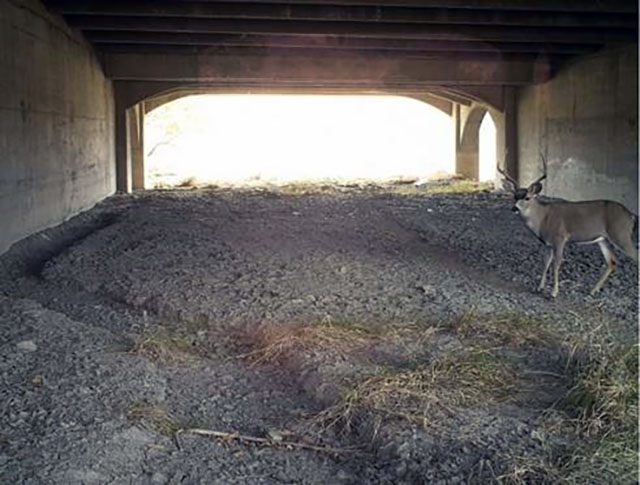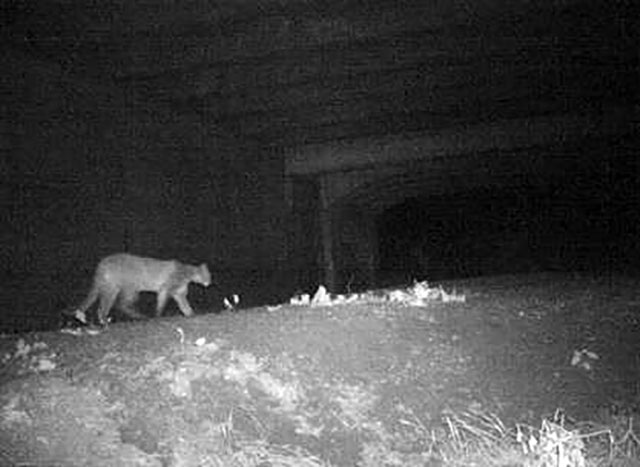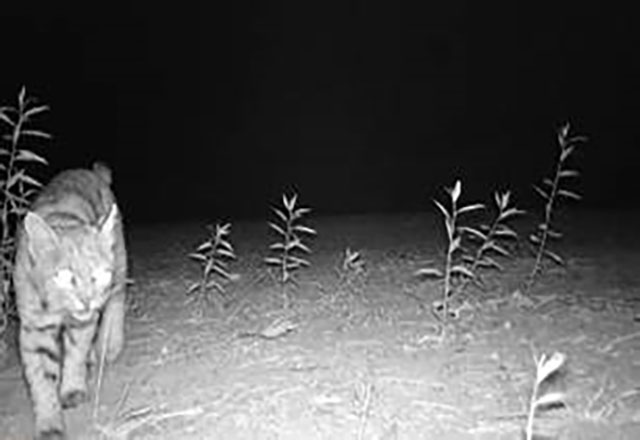Transportation Wildlife Corridors
In 2018, the Alameda County Resource Conservation District, in partnership with the Road Ecology Center at UC Davis, began planning the development of wildlife transportation corridors in the greater Alameda County area. Wildlife not only become casualties while attempting to cross major roadways, but public safety is compromised as well. Rapid urban development and the building of major freeways results in habitat fragmentation and decreased genetic diversity within populations. The primary goal of this initiative is to develop multiple wildlife corridors under and/or over major roadways including I-580, I-680, and Hwy 84.
Highway sites that are locations where wildlife are currently crossing highways and other potential barriers to wildlife movement are being identified. Sites where wildlife are naturally crossing can be improved by enhancing the natural features to these areas for animals. This is done by improving water sources and vegetation in areas where animal presence is already documented. Fencing is generally added to ensure that animals use the safe crossing area.
UC Davis has camera trap data, documented sightings, and roadkill data for a number of potential sites in Alameda County, and this information will be used to make decisions about where our efforts will be most effective.



